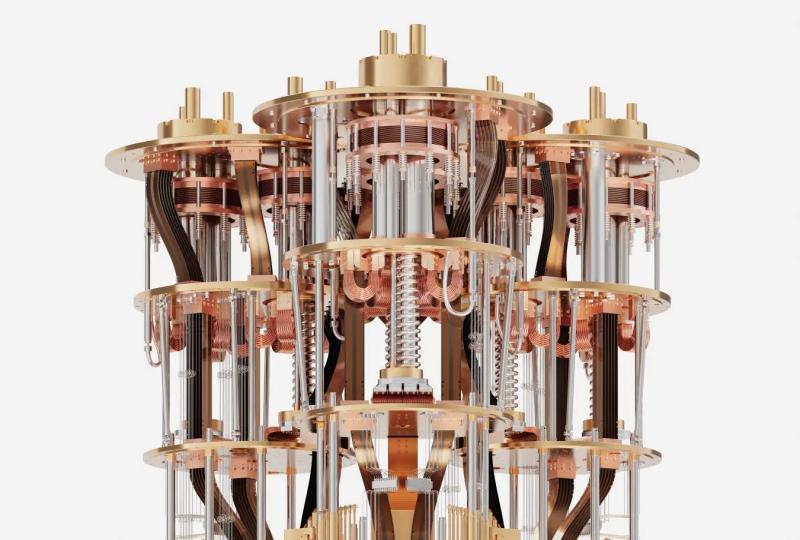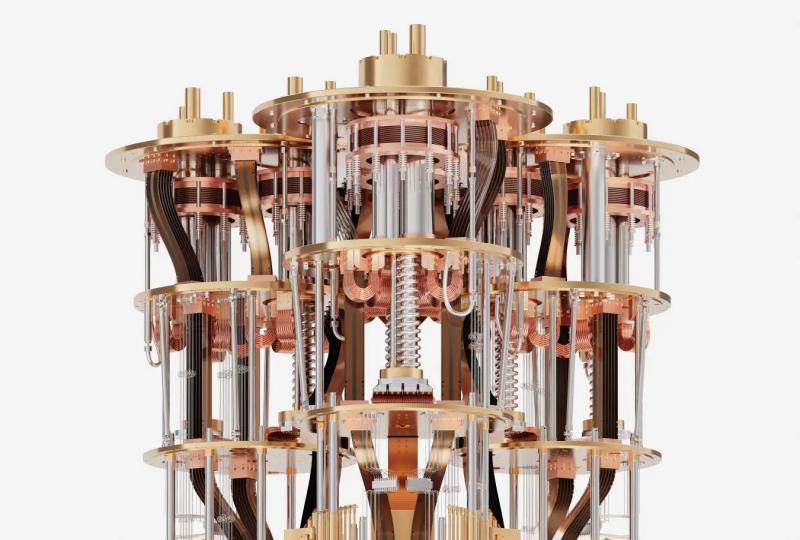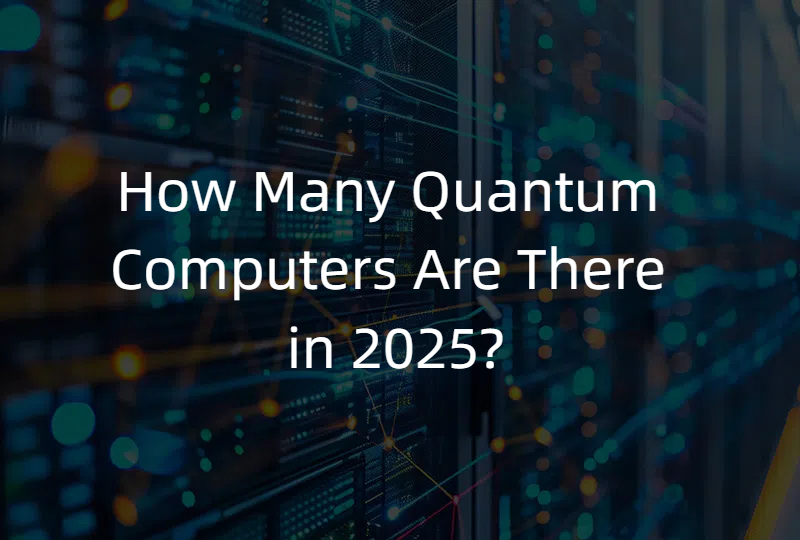Advancing Quantum Error Correction with Qudits
2025.08.26 · Blog Quantum Error
Quantum computing promises to revolutionize fields from cryptography to materials science, but its sensitivity to noise remains a formidable challenge. Quantum error correction (QEC) is essential for preserving fragile quantum information. While most QEC schemes focus on two-level systems (qubits), recent research highlights the advantages of using qudits—quantum systems with more than two levels—for more robust error resilience. This article explores the principles, benefits, and challenges of qudit-based error correction, along with practical implementations shaping the next generation of fault-tolerant quantum processors.
-
From Qubits to Qudits: Expanding the Quantum Alphabet
Conventional quantum computers encode information in qubits, which are analogous to classical bits but can occupy superpositions of |0⟩ and |1⟩. In contrast, qudits generalize this concept to dd-level systems, allowing states |0⟩, |1⟩, …, |d − 1d−1⟩. Common physical realizations of qudits include:
-
Trapped ions with multiple Zeeman sublevels
-
Photonic modes using orbital angular momentum states
-
Superconducting circuits engineered with higher excited energy levels
By harnessing these additional levels, qudit-based architectures can encode more information per physical element and implement more compact error-correcting codes.
-
Fundamental Principles of Qudit Error Correction
At its core, QEC relies on encoding logical information into entangled states of multiple physical systems. For qudits, generalizations of well-known qubit codes include:
-
Qudit Stabilizer Codes: Extending the Pauli group to dd-dimensional operators, enabling detection of a wider variety of error types.
-
Generalized Surface Codes: Implemented on 2D lattices of qudits, these codes achieve high error thresholds by mapping multi-level syndrome measurements to error syndromes.
-
Bacon–Shor Qudit Codes: Hybrid codes that combine subsystem encoding with multi-level error propagation suppression.
For an in-depth overview of stabilizer formalism and its qudit generalization, see the Qudit Stabilizer Codes entry.
-
Why Qudits Offer Enhanced Error Resilience
-
Higher Information Density Encoding a logical qubit into a single qudit can reduce the total number of physical elements required. For example, a single d=3d=3 qutrit carries the equivalent of log2(3)≈1.58log2(3)≈1.58 qubits of information, enabling more efficient code constructions.
-
Improved Error Thresholds Multi-level systems can detect more complex error syndromes. Recent numerical simulations indicate that qudit surface codes may achieve threshold rates exceeding their qubit counterparts, reducing the overhead of active error correction.
-
Natural Suppression of Certain Errors Physical platforms such as trapped ions exhibit fine-level splitting that suppresses bit-flip analogs in higher-excited states, inherently lowering certain error rates and simplifying syndrome extraction.
Explore a detailed case study on implementing qudit codes in trapped-ion systems at the Quantum Computing Report.
-
Experimental Implementations and Progress
Researchers worldwide are pioneering qudit QEC in various platforms:
-
IonQ and academic labs have demonstrated qutrit memory lifetimes exceeding those of basic qubit registers by exploiting multi-level shelving techniques.
-
Photonic experiments at the University of Vienna use orbital angular momentum modes to implement three- and four-level error-correcting prototypes.
-
Google Quantum AI has proposed a roadmap to integrate qudit processors into their superconducting architecture, leveraging higher energy levels for compact logical qubits.
For an overview of these initiatives, see the internal project page on our Qudit Research Hub.
-
Challenges and Future Directions
Despite their promise, qudit-based QEC faces several challenges:
-
Control Complexity: Precisely manipulating and measuring multi-level systems requires more sophisticated pulse shaping and calibration.
-
Error Cross-Talk: Higher levels introduce additional decay channels and coupling pathways that must be mitigated through advanced error suppression strategies.
-
Scalability: Integrating large arrays of qudits while maintaining individual addressability is technically demanding.
Ongoing efforts focus on hybrid approaches that combine qubit and qudit encodings, as detailed in the recent review article “Hybrid Quantum Error Correction Architectures” in Physical Review A.
-
Conclusion
Qudits represent a powerful extension of conventional quantum error correction, offering higher encoding density, improved thresholds, and novel error suppression mechanisms. As experimental platforms mature, qudit-based codes are poised to play a central role in building scalable, fault-tolerant quantum computers. Continued research into control techniques, code optimization, and hardware integration will determine the ultimate impact of qudits on the quantum computing revolution.
Featured Content






